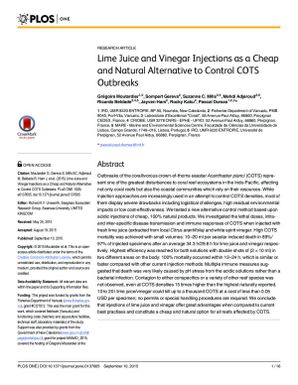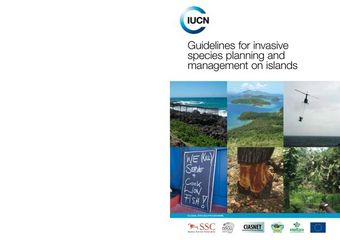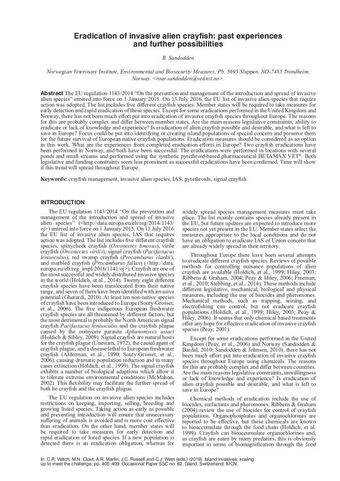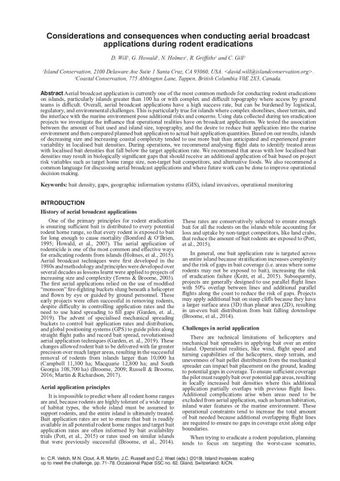Lime juice and vinegar injections as a cheap and natural alternative to control COTS outbreaks
- Description:
- Outbreaks of the corallivorous crown-of-thorns seastar Acanthaster planci (COTS) represent one of the greatest disturbances to coral reef ecosystems in the Indo-Pacific, affecting not only coral reefs but also the coastal communities which rely on their resources. While injection approaches are increasingly used in an attempt to control COTS densities, most of them display severe drawbacks including logistical challenges, high residual environmental impacts or low cost-effectiveness. We tested a new alternative control method based upon acidic injections of cheap, 100% natural products. We investigated the lethal doses, intraand inter-specific disease transmission and immune responses of COTS when injected with fresh lime juice (extracted from local Citrus arantifolia) and white spirit vinegar. High COTS mortality was achieved with small volumes: 1020 ml per seastar induced death in 89%/ 97% of injected specimens after an average 34.3 h/29.8 h for lime juice and vinegar respectively. Highest efficiency was reached for both solutions with double shots of (2 × 10 ml) in two different areas on the body: 100% mortality occurred within 1224 h, which is similar or faster compared with other current injection methods. Multiple immune measures suggested that death was very likely caused by pH stress from the acidic solutions rather than a bacterial infection. Contagion to either conspecifics or a variety of other reef species was not observed, even at COTS densities 15 times higher than the highest naturally reported. 10 to 20 l lime juice/vinegar could kill up to a thousand COTS at a cost of less than 0.05 USD per specimen; no permits or special handling procedures are required. We conclude that injections of lime juice and vinegar offer great advantages when compared to current best practises and constitute a cheap and natural option for all reefs affected by COTS
- Display date:
- 2015
- Collections:
- Secretariat of the Pacific Regional Environment Programme (SPREP)
- Publisher:
- Swensea University
- Content partner:
- Secretariat of the Pacific Regional Environment Programme (SPREP)
- Availability:
- Not specified
-
Copyright status: All rights reservedFind out more about what you are able to do with this itemThis item is all rights reserved, with means you'll have to get permission from Secretariat of the Pacific Regional Environment Programme (SPREP) before using it. For more information, please see our use and reuse page.What can I do with this item?Non-infringing useNZ copyright law does not prevent every use of a copyright work, and this item may be hosted by an international institute or organisation. You should consider what you can and cannot do with a copyright work.No sharingYou may not copy and/or share this item with others without further permission. This includes posting it on your blog, using it in a presentation, or any other public use.No modifyingYou are not allowed to adapt or remix this item into any other works.No commercial useYou may not use this item commercially.
Related items
Welcome and warm Pasifik greetings
The information on this site has been gathered from our content partners.
The names, terms, and labels that we present on the site may contain images or voices of deceased persons and may also reflect the bias, norms, and perspective of the period of time in which they were created. We accept that these may not be appropriate today.
If you have any concerns or questions about an item, please contact us.



